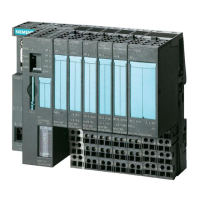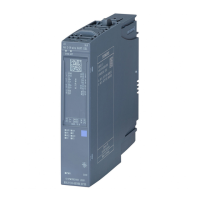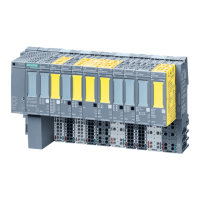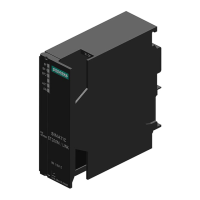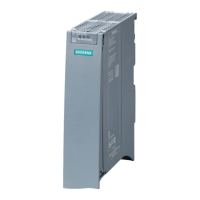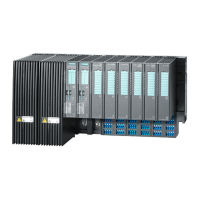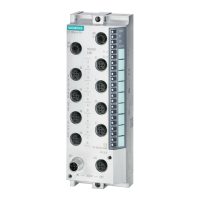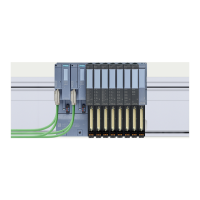Test and service functions
13.1 Test functions
Distributed I/O system
262 System Manual, 09/2019, A5E03576849-AJ
Testing with the force table
The following functions are available in the force table.
● Monitoring of tags
With force tables, you can display the current values of individual tags of a user program
or a CPU on the PG/PC and Web server. You can monitor the table with or without a
trigger condition. For the Web server to be able to display the value of tags, you must
specify a symbolic name for each tag in the "Name" column of the force table.
You can monitor the following tags:
– Bit memory
– Contents of data blocks
– Peripheral inputs (e.g. %I0.0:P)
● Modifying tags
With this function, you assign fixed values to the individual tags of a user program or a
CPU on the PG/PC and Web server. Modifying is also possible for testing with program
status.
You can control the following tags:
– Bit memories
– Contents of data blocks
– Peripheral inputs (e.g. %I0.0:P)
● Forcing of peripheral inputs and peripheral outputs
You can force individual peripheral inputs or peripheral outputs.
– Peripheral inputs: Forcing of peripheral inputs (for example %I0.0:P) represents the
"bypassing" of sensors/inputs by specifying fixed values to the program. Instead of the
actual input value (via process image or via direct access) the program receives the
force value.
– Peripheral outputs: Forcing of peripheral outputs (for example %Q0.0:P) represents
the "bypassing" of the complete program by setting fixed values for the actuators.
You can use the force table to simulate different test environments and also overwrite tags in
the CPU with a fixed value. This enables you to intervene in the running process to control it.
Difference between modifying and forcing
The fundamental difference between the modifying and forcing functions consists in the
storage behavior:
● Modifying: Modifying of tags is an online function and is not stored in the CPU. You can
end modifying of tags in the watch table or by disconnecting the online connection.
● Forcing: A force job is written to the SIMATIC memory card and is retained after a
POWER OFF. You can only end the forcing of peripheral inputs and peripheral outputs in
the force table.
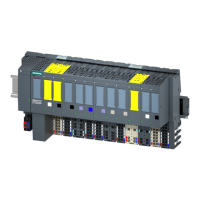
